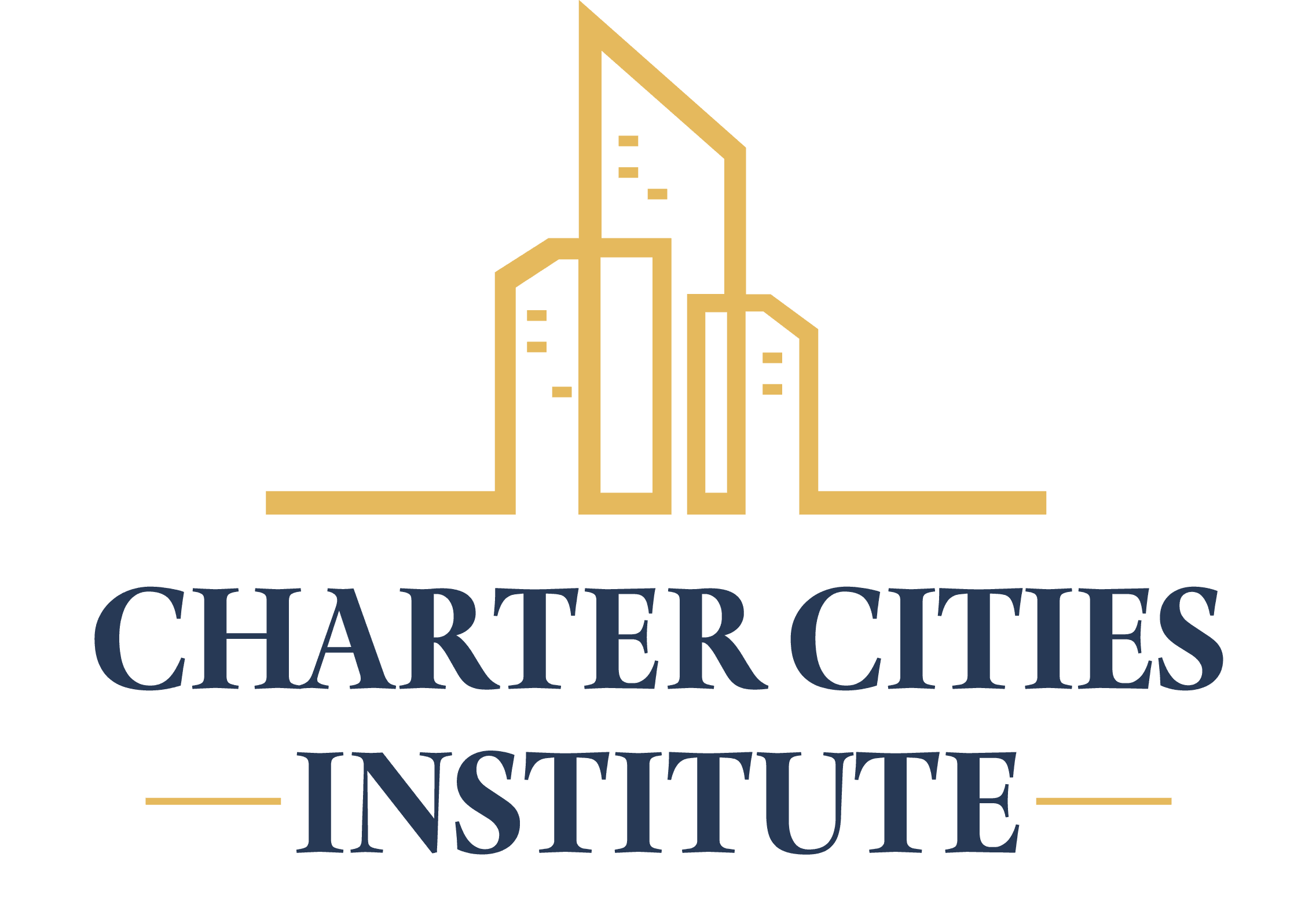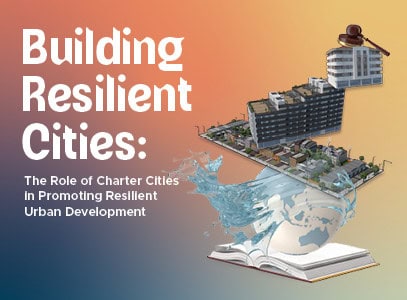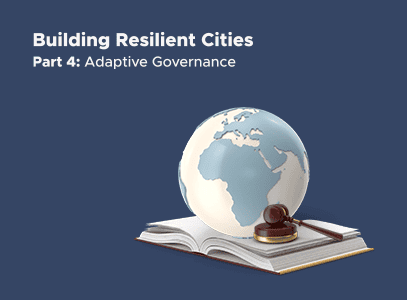Industrial strategies formulated by governments focus on creating good-quality jobs and improving the productivity of firms and workers in their jurisdiction. To plan industrial strategies, governments heavily rely on feedback from workers’ unions and industry associations but make decisions independently. As it is entirely in the community’s socioeconomic interest to make informed decisions on their city’s industrialization, shouldn’t they also have an equal say in decision making?
Adopting a network approach to govern a city’s industrial strategy can be a potential solution. A network approach to governance stems from Elinor Ostrom’s idea of managing common-pool resources. In a city’s context, resources such as skilled human capital and industrial land tend to be scarce and shared across the city’s economic sectors. The economic planning agency, comprising of bureaucrats, takes the lead in resource allocation as part of its industrial strategy. The agency often lacks industry knowledge and awareness of the community’s interests to make optimal decisions. Instead, these resources can be effectively allocated by a self-organized committee. Devolving decision-making to a diverse group of community actors can overcome the collective action problem of industrial resource management by ensuring the city’s resources serve its community’s socioeconomic interests.
Industrial strategy planning in the city-state of Singapore has been moving in this direction. In 2017, the government created the Future Economy Council to drive the growth and innovation of Singapore’s economy. The council comprises members from the government, industry, unions, and educational and training institutions and oversees efforts to drive skills upgrading for workers, and design and implement industry-focused transformation. The intent of the council is to gather perspectives from different sectors and work closely together to foster the city’s economic development.
At a regional level, the Northeast Ohio Fund for Our Economic Future (NEO Fund) and its networks in charting industrial strategy is another example of the network governance approach. The NEO Fund was created in 2004 by a group of philanthropic foundations in response to Ohio’s ‘Quiet Crisis’ in the 1990s. It is now a network of more than 40 foundations and donors pooling resources working across 16 counties in Northeast Ohio with a common goal to promote the region’s economic growth. The resources are used to fund industrial cluster development platforms, support job access, creation, and preparation and build community awareness on innovations through research.
For a network approach to work in a city, either the city administrator or a civil society organization must take the lead in forming a diverse committee of industry experts, academics, public sector professionals, leaders from workers’ unions, and civic members. This committee should be given the authority to plan the city’s industrial development and set its policy direction aligned with the state and national objectives. To ensure equality in decision-making, each member of the committee including the government representative must be given one vote. The objective is to incorporate different perspectives and share decision-making responsibility which can result in achieving long-term utilitarian economic outcomes.
Initiating and sustaining the network governance approach comes with its challenges. It heavily relies on trust-building among stakeholders and creating a shared understanding of economic goals. Skewing the power balance, group thinking and politicizing the process can have adverse consequences. Without adequate safeguards and sanctioning mechanisms created within the system, the approach can make the city’s industrialization journey unsustainable. Keeping in mind these potential challenges, new city developments must consider adopting the network governance approach to empower the community in making their own choices in shaping their city’s economic future.







